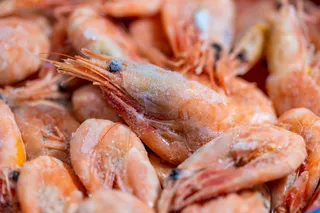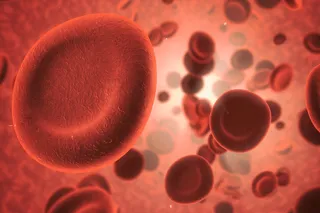Labeling substances as poisonous has a spotty history. Well into the 1800s, many known poisons were available for retail sale, which meant that organizations like the American Medical Association wanted bottles clearly marked.
Symbols of skulls and crossbones appeared on some, but not all, of these bottles; warning labels didn’t become consistent until the 1960s. Dangerous substances, particularly ones that children can easily access, are now subject to a variety of packaging and labeling regulations.
But not all toxic substances come in a bottle. While claims of "toxic" food items aren't always supported by science, some substances found in everyday foods or ingredients can be damaging or even deadly. Here are four common toxins found in your fridge or pantry that have serious poison potential — particularly when consumed in large amounts — and when to avoid them.
The seeds and mace of the nutmeg plant, which is known to ...















